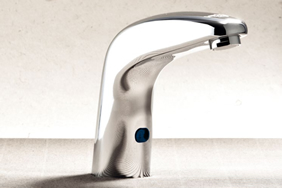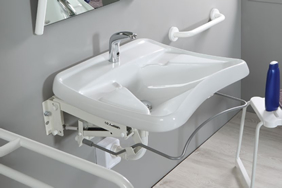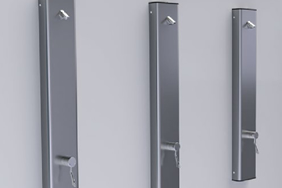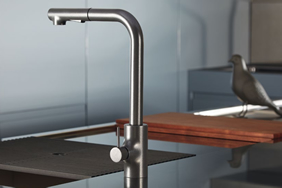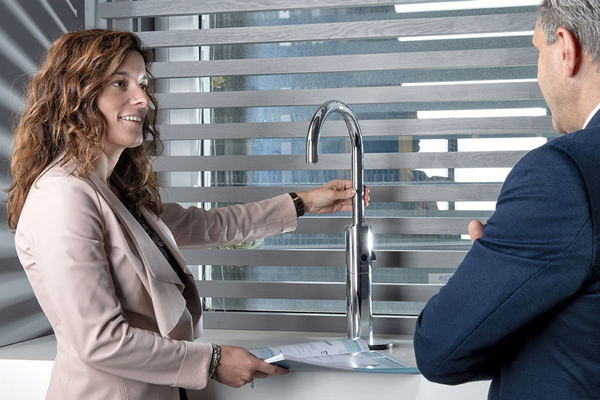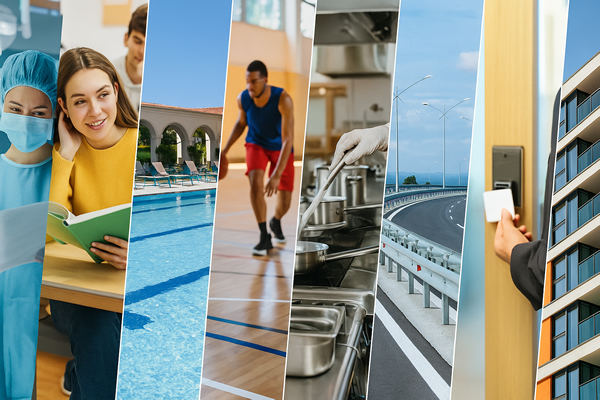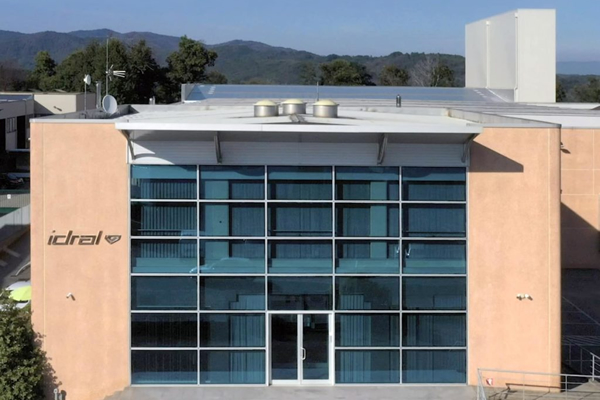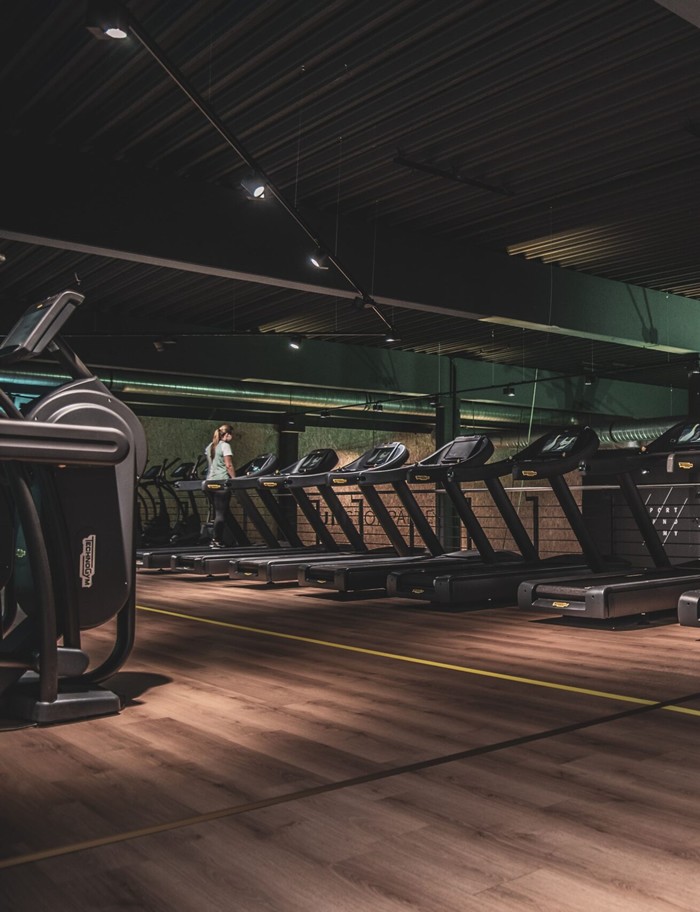
According to the International Health, Racquet & Sportsclub Association (IHRSA), there are about 210,000 sports centres and gyms in the world with over 183 million members, which generate enormous wealth, estimated at $94 billion, but also a huge impact on the environment. These facilities can use hundreds of thousands of litres of water per year to fill swimming pools, to clean facilities, for heating, air conditioning and to run toilets and showers in changing rooms. Besides being a depleting resource, water costs money. Gyms and sports centres often have to pay staggering bills for water and heating costs. This means that any measures taken by a gymnasium to help rationalise water consumption not only promotes sustainability and helps alleviate demand for water in local communities, but can also help reduce operating costs.
How to rationalise water consumption in gyms and sports facilities to be more environmentally friendly
Changing rooms are high-traffic areas that consume large amounts of energy and water. With the right measures, rethinking toilets and showers can reduce waste and costs by 20% to 70%.
Automatic taps and flow restrictors

A simple and cost-effective option for reducing water consumption in changing rooms without replacing existing taps is the use of systems such as aerators, tap flow restrictors, showerheads and high-efficiency flushers. This reduces water consumption, but not the waste that occurs when users leave taps running to soap themselves, by accident or through misuse. The best solution are automatic shut-off taps, whether electronic or timed. These taps reduce water consumption by up to 70%. Every time a person washes their hands with a traditional tap and lets the water run, they can use up to 12 litres of water, with a timed tap they consume 1.6 litres of water, and with an electronic tap only 0.8 litres of water... For a high-traffic space such as a sports centre bathroom, you can easily imagine the cost and environmental savings that electronic and timed taps represent. To find out more, here is the video.
Low-consumption showers

The type of shower installed affects hot water consumption. A timed shower that turns off after 20-30 seconds will use less water than a manual shower because people are quicker to shower and waste less water. In addition, manual showers are often left on during the shower and unfortunately sometimes between users. A shower running continuously for one hour can discharge 900 litres of hot water (with an average flow rate of 15l/min). Reducing the shower time from 20 minutes to 5 minutes can save 225 litres of water! This is just for one shower. Think about how many people shower every day at the gym. Replacing traditional shower heads with those with a reduced flow rate can save several hundred thousand litres of water per year, but, as in the case of the wash basin, it is the use of electronic or timed mixers that allows the greatest water savings. Let us return to our example: with a traditional shower we consume on average 15lt per minute. With a low-consumption shower head, the flow rate drops to around 8 litres per minute. With our flush-mounted shower mixer with a 15-second timed shut-off, the saving is 70%. Read more in this article.
Thermostatic taps to reduce energy consumption
Thermostatic taps allow you to control the temperature and flow of water and are designed to keep the water temperature constant, preventing fluctuations. This translates into energy savings, as the continuous change from hot to cold implies extra work on the part of the water heater, which is then reflected in our energy bill. At Idral we have a unique solution in the market that combines the benefits of the thermostatic mixer with those of timed control thanks to a cartridge designed to control temperature and water flow closure with a single device, saving water and energy.
Low-consumption toilets and urinals
Renovating a gymnasium bathroom with low-consumption sanitary ware might seem expensive. However, the water saved will save you money in the long run. Most of Idral's toilets consume 5 litres of water per flush, while conventional cisterns use 9 to 12 litres per flush. This translates into a saving of more than 50 per cent in water consumption and related costs. With regard to urinals, which are generally used much more frequently than toilets in men's changing rooms, significant savings can be achieved by replacing conventional solutions with automatic urinals such as our electronic urinal. A gymnasium can do a lot to be more sustainable and have a positive effect on the community, not only by promoting the well-being of people, but also by respecting the environment. Investing in sustainability generates a virtuous circle that is a powerful differentiator for customers. Green gyms are definitely the way to go and it is exciting to see them appear on the market. If you need advice on designing your next gym, contact us!





